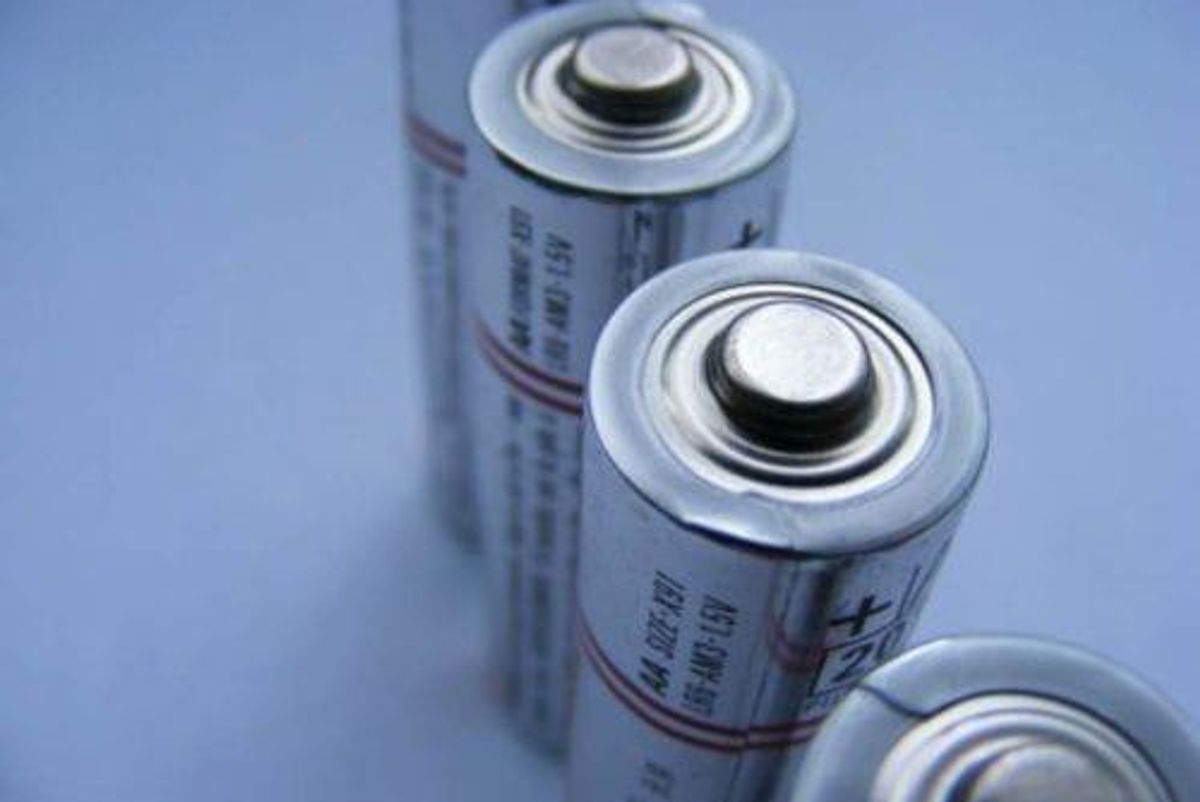How to Invest in Lead
Wondering how to get into lead metal investing? This brief overview explains supply and demand dynamics and how to get started.

Lead is the fourth most used metal worldwide. Part of the base metals sector, this commodity is generally found in ores with other industrially important metals, such as copper, zinc and silver.
Because of its high resistance to corrosion, lead was once used in plumbing. Today, however, most lead is used to make lead-acid batteries — in fact, according to the US Geological Survey’s latest report on lead, the lead-acid battery market accounted for over 92 percent of US lead consumption in 2022. Lead-acid batteries are primarily used to power vehicles, but they have other uses as well.
Read on for a brief overview of the lead market and ways to invest in lead, from the supply and demand dynamics that determine lead prices to navigating the stock market.
What factors affect lead supply and demand?
As mentioned, most lead is used industrially and is consumed in large part by the lead-acid battery industry.
These batteries are mainly used to power vehicles, but are also used in emergency systems, computers, forklifts and other equipment. In addition, lead is found in remote-access power systems, load-leveling systems and compounds used in the glass and plastics industries.
The International Lead and Zinc Study Group states that annual global refined lead consumption ranged from 11.8 million to 12.4 million metric tons (MT) between 2018 and 2022. In 2022, lead usage was on the rise in Japan, the US, China, India, the Czech Republic, Finland, France, Germany and Greece.
In terms of supply, it’s worth noting that lead has one of the highest recycling rates in the world, partially because it can be recycled indefinitely without any reduction in quality. Secondary lead production accounts for more than half of global total output.
When it comes to mined lead production, China is the biggest global producer of the metal by far. It put out 2 million MT of lead in 2022, far ahead of second place Australia at 440,000 MT. However, Australia leads the world in lead reserves, hosting upwards of 37 million MT, 12 million MT of which are JORC compliant. In recent years, according to the US Geological Survey, significant lead resources have been identified within zinc, silver and copper deposits in various countries around the world — including Australia, China, Mexico and the US.
How to invest in lead stocks, futures and ETPs?
Investors who are optimistic about lead believe the supply and demand dynamics discussed above could push lead prices up in the coming years. While lead may be considered higher risk than other commodities, it can still prove to be worth the costs and energy, and those who want to start investing in the sector have a variety of options.
Adding lead-mining stocks to your portfolio is one way to gain investment exposure to lead, but this route can be difficult, as lead is generally mined as a by-product of silver or fellow base metals copper and zinc. Major miners that produce some lead include BHP (NYSE:BHP,ASX:BHP,LSE:BHP) and Teck Resources (TSX:TECK.A,TSX:TECK.B,NYSE:TECK), though of course there are smaller companies with lead assets.
Exposure to lead can also be obtained via futures contracts on the London Metal Exchange. Futures are traded in lot sizes of 25 MT, and their price is quoted in US dollars and cents per MT.
Another possibility is to invest in exchange-traded products (ETPs) with a focus on lead. A number of broad-based industrial metals ETPs offer lead exposure, including the Invesco DB Base Metals ETF (ARCA:DBB) and the iPath Bloomberg Industrial Metals ETN (ARCA:JJM).
There is also a pure-play lead ETP available called the iPath Bloomberg Lead Subindex Total Return ETN (ARCA:LD); it is linked to an index that consists of lead futures contracts.
This is an updated version of an article originally published by the Investing News Network in 2008.
Don’t forget to follow us @INN_Resource for real-time news updates!
Securities Disclosure: I, Melissa Pistilli, hold no direct investment interest in any company mentioned in this article.
- 4 Companies that Make and Recycle Lead-acid Batteries ›
- Top 7 Lead-producing Countries ›
- Lead Price Forecast: Top Trends That Will Affect Lead in 2023 ›
